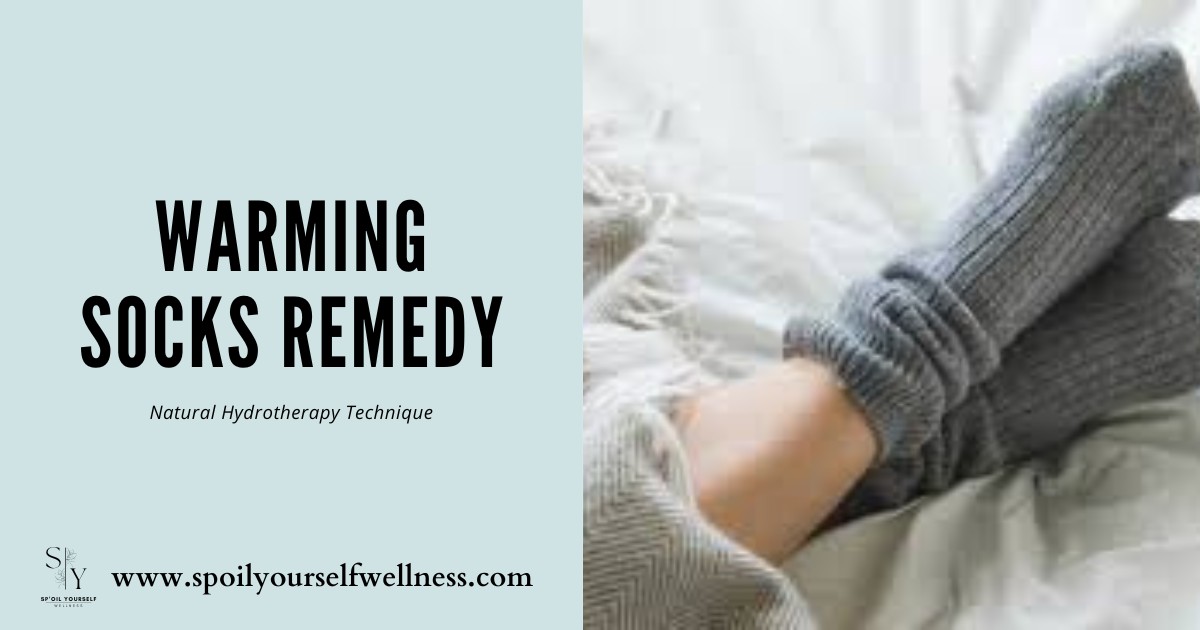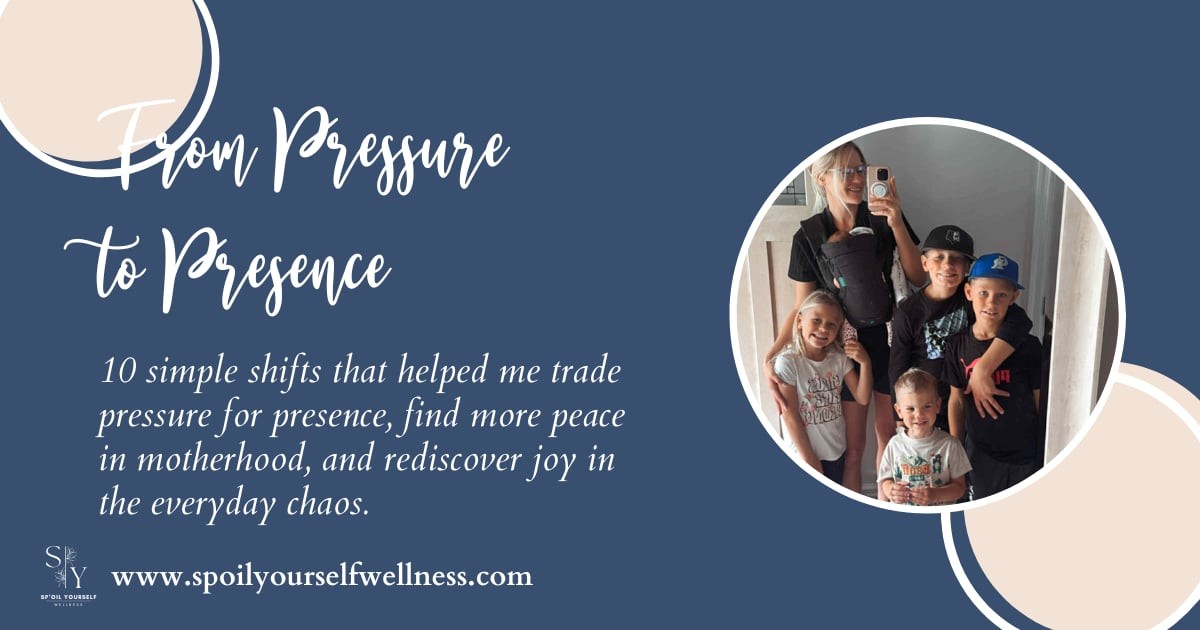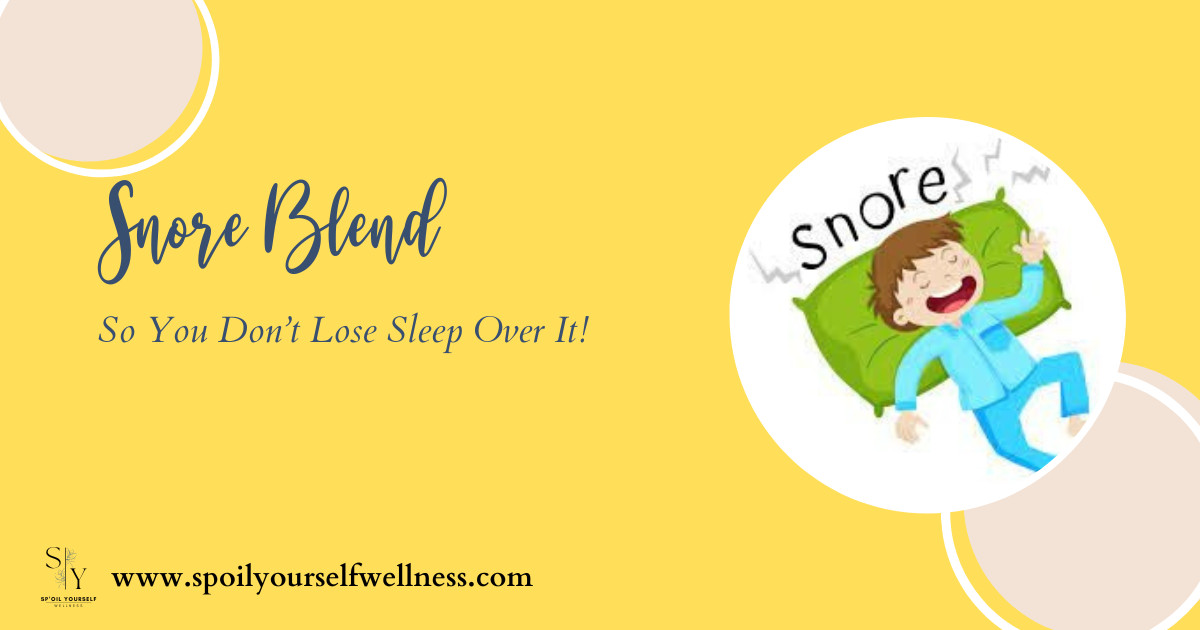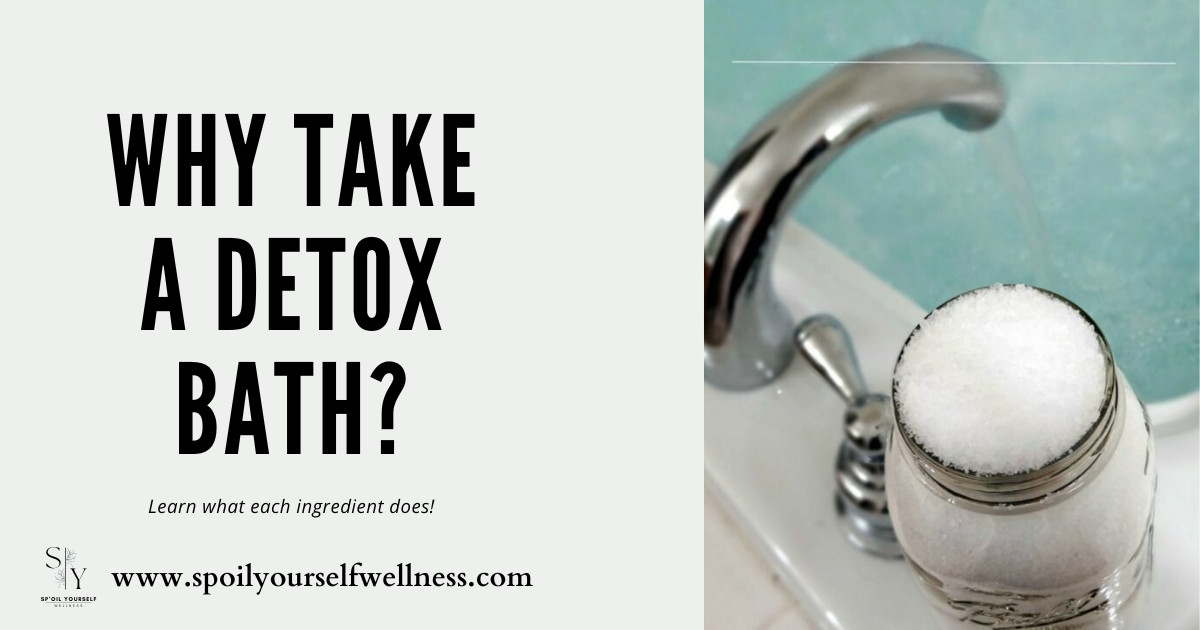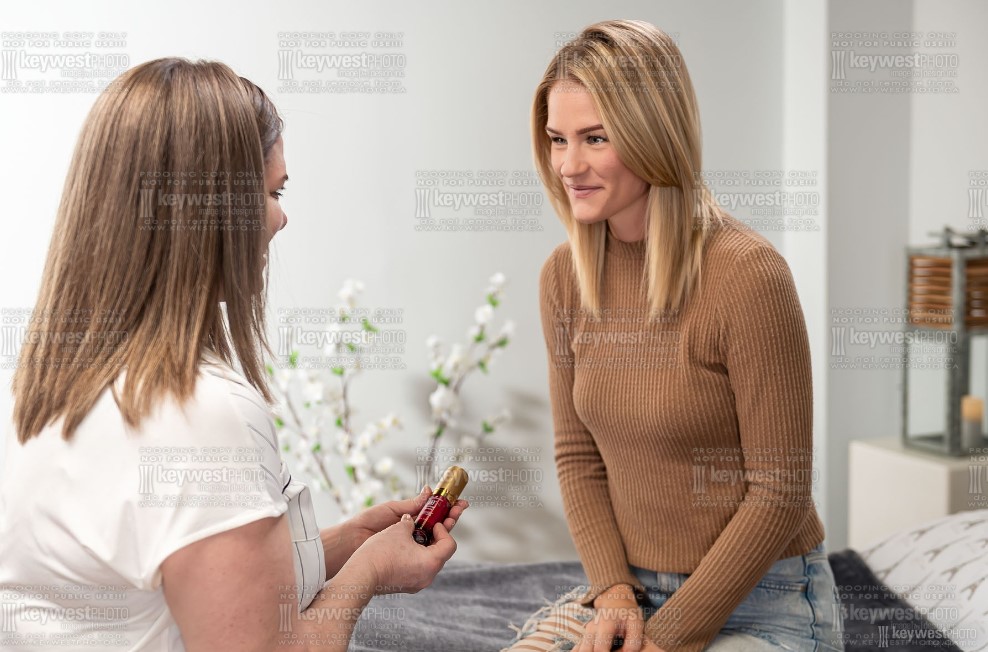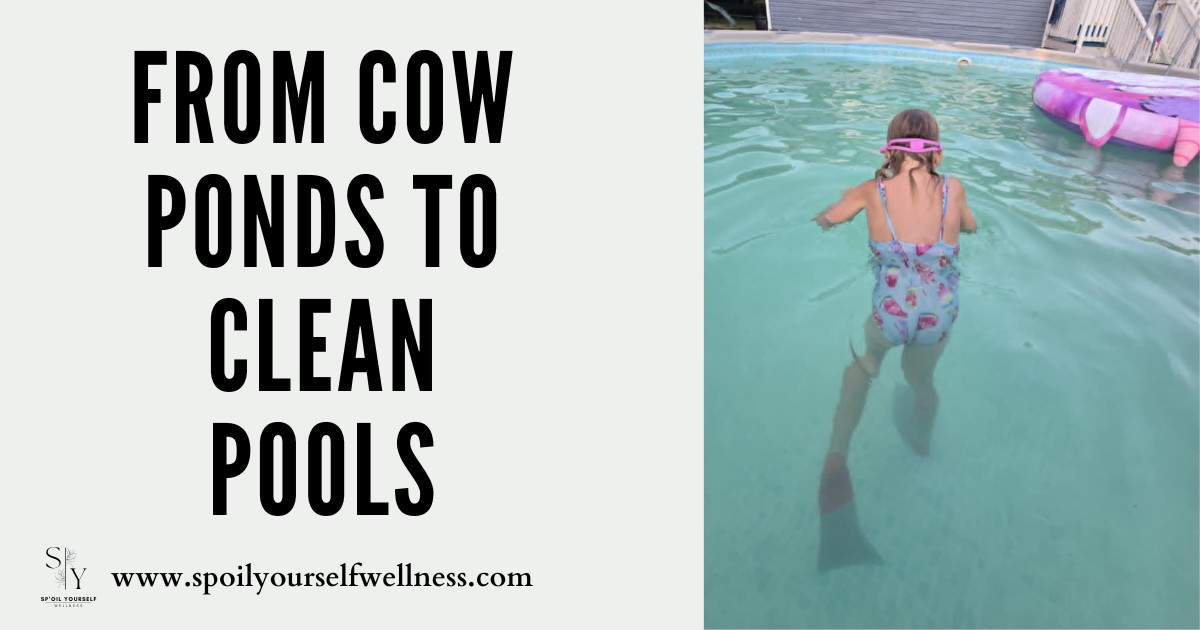
Rediscover the simple joys of summer with a refreshing twist that defies the norm: a chlorine-free swimming experience.
Imagine a backyard pool that sparkles without the sting—no harsh chemicals, no eye burn, and no chemical smell clinging to your skin, no see through bathing suits.
Imagine a backyard pool that sparkles without the sting—no harsh chemicals, no eye burn, and no chemical smell clinging to your skin, no see through bathing suits.
By embracing the power of natural enzymes and food-grade hydrogen peroxide, you can create a pristine, skin-friendly swimming environment that supports your family’s health rather than compromising it. Say goodbye to the irritating residues and constant chemical juggling of traditional treatments—and hello to water that stays clean with less effort and more peace of mind.
This innovative approach transforms your pool into a safe haven that aligns with your holistic, healthy-living values. It’s simple, sustainable, and surprisingly low-maintenance.
Ready for a change? Dive into the details and discover how you, too, can make the switch to a cleaner, safer, and more conscious way to care for your pool.
Read more...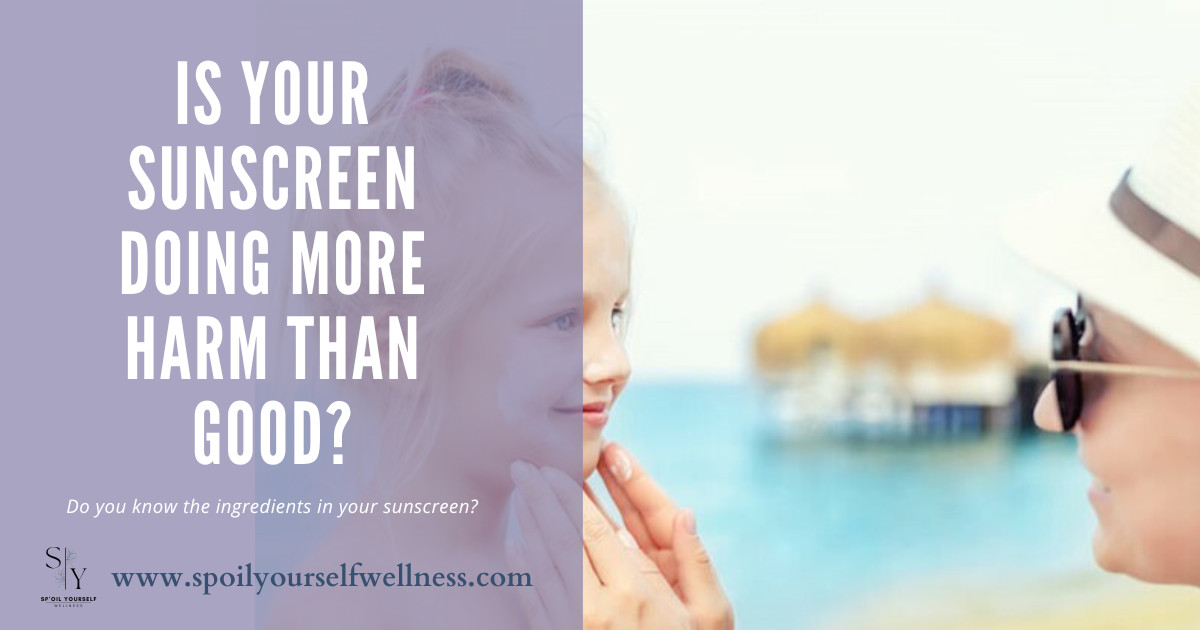
𝗪𝐡𝐨 𝐢𝐬 𝐫𝐞𝐚𝐝𝐲 𝐟𝐨𝐫 𝐬𝐨𝐦𝐞 𝐭𝐢𝐦𝐞 𝐢𝐧 𝐭𝐡𝐞 𝐬𝐮𝐧?
But you want to make sure you are protecting your largest organ – your skin?
Sunscreens are one of the most effective methods to protect the skin from the sun’s harmful rays. Sunscreens can also prevent premature aging and skin cancer. But you need to know...
Read more...But you want to make sure you are protecting your largest organ – your skin?
Sunscreens are one of the most effective methods to protect the skin from the sun’s harmful rays. Sunscreens can also prevent premature aging and skin cancer. But you need to know...

